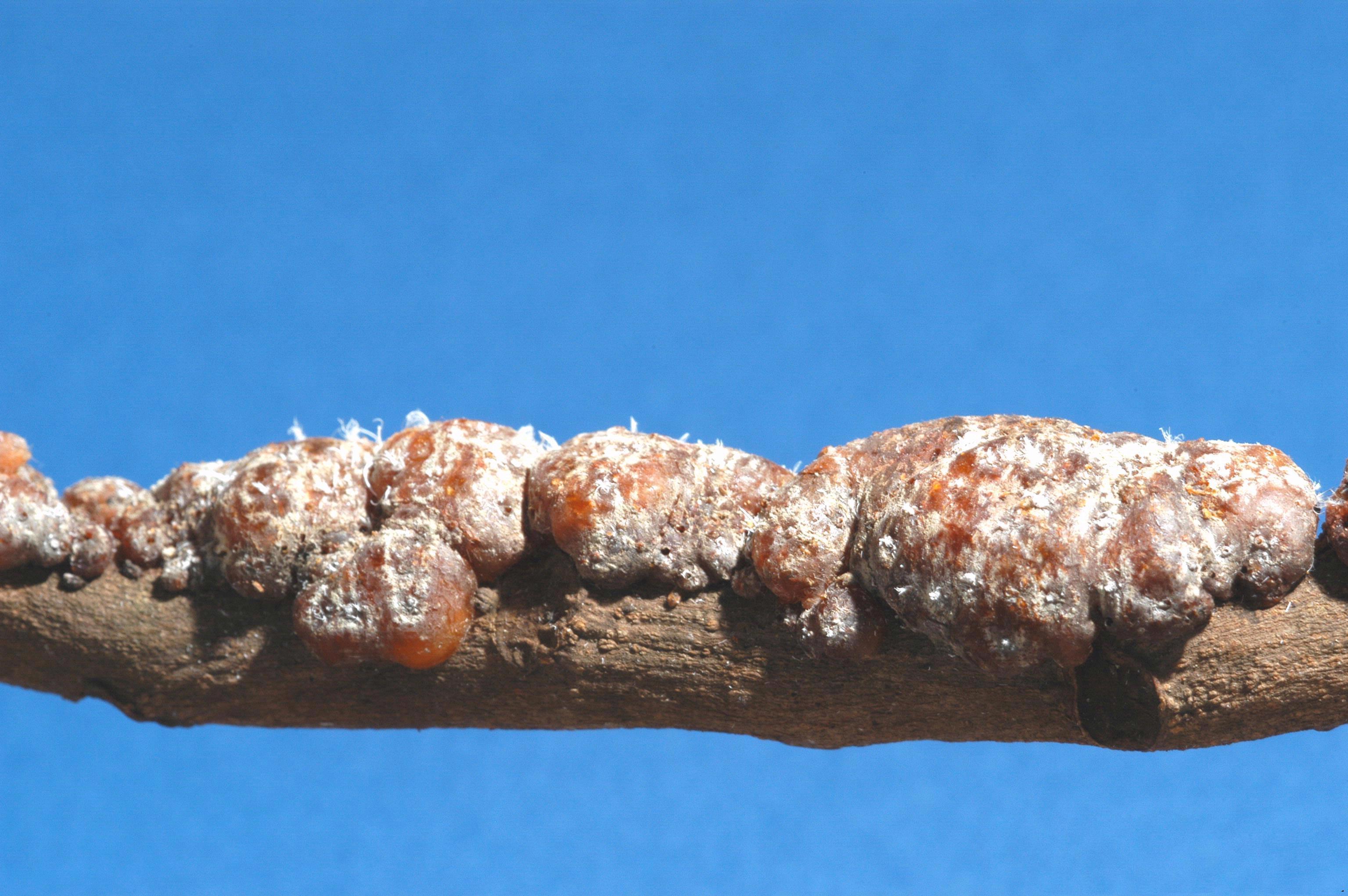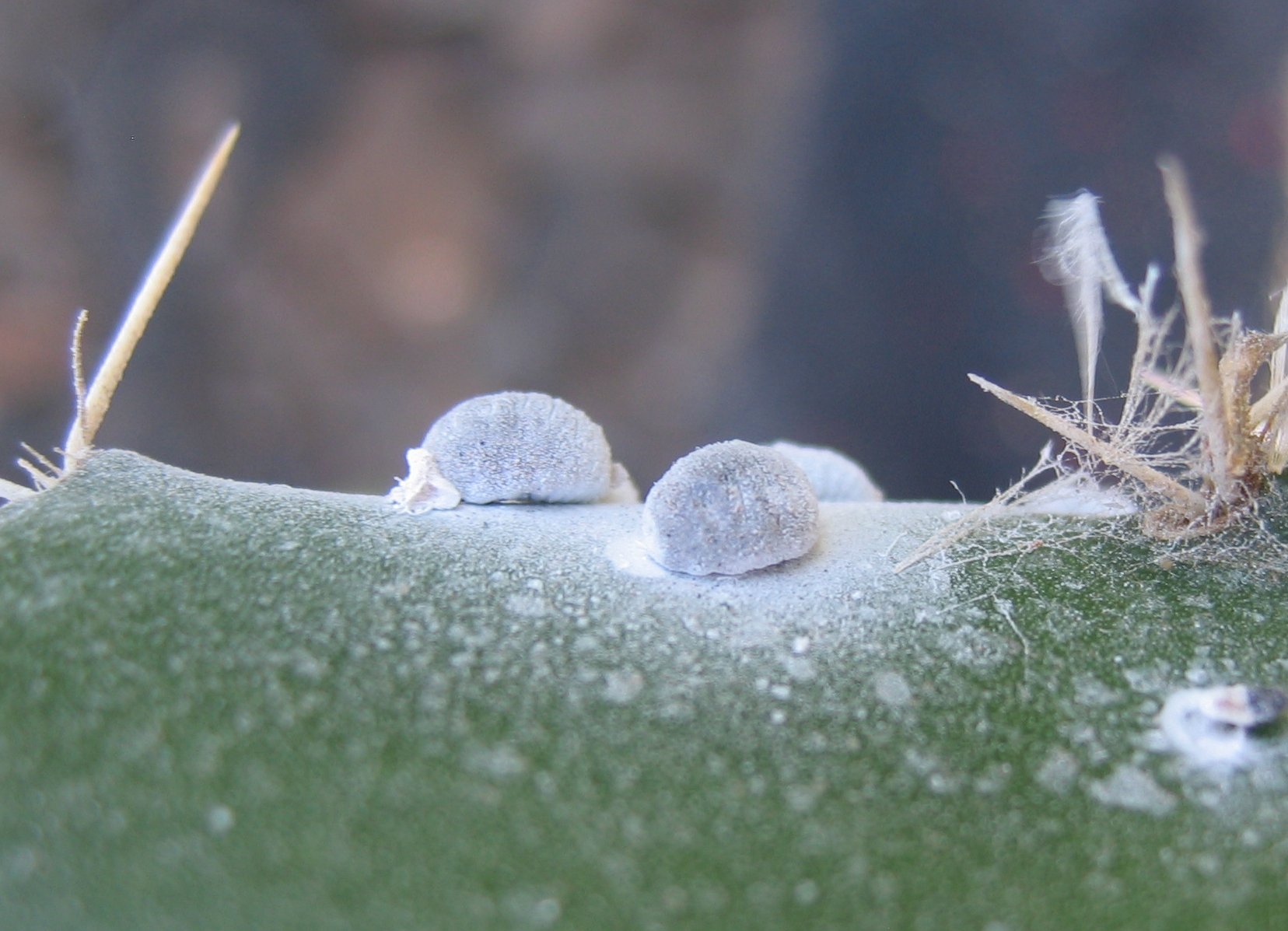This post marks the end of Bug
Week. I know - I'm sad to see it end, too. My first post talked about the bugs that the FDA allows in food.
This post is a little different. Instead of talking about the bugs that can
accidentally make it into your breakfast cereal, this post is about the
products made explicitly from insects.
Honey
Every child knows that bees
collect nectar from flowers. By jumping from flower to flower, not only do bees
gather their own food, but they help to pollinate the plants as well. We owe a
lot to our yellow and black friends.
We know that bees use the nectar to make honey… but that’s usually where the teaching stops. So, how does the bee turn the nectar into honey?
He spits in it.
Yep, honey is bee spit.
Well, technically, honey is part bee
spit. Enzymes in the bee’s saliva help to bring out the sugars in the nectar,
resulting in the sweet honey we all know and love. So the next time you’re
munching on some Honeycomb cereal, it might haunt you to remember that you’re
technically swapping spit with insects.
Interesting side note: a lot of
people believe that honey and tea help to cure coughs. While there have been
studies to show that honey helps with coughs, the honey used in these clinical
trials is buckwheat honey.
Buckwheat honey costs about $7.50 on Amazon
and is a much darker liquid than clove honey, the kind that comes in a plastic
bear at grocery stores. So if you want to go the herbal route the next time you’re
hacking, get some of the good stuff.
Shellac
First of all, I have to admit,
shellac is a funny word. Saying it slowly makes me giggle. You might know
shellac for its industrial uses as a wood varnish, but shellac is often used on
food. Apples and other fruits are coated with shellac so they’ll shine in the
produce section, and a lot of candies (including sprinkles!) are covered in it.
Shellac isn’t harmful – it’s a nutritionally empty resin.
But what is shellac?
 Shellac comes from the secretions of the lac beetle (Coccus lacca) of southern Asia. These
beetles get comfy on a tree and make shells out of this waxy substance. Shellac
harvesters scrape these shells off the trees, boil it, and cool it into thin
sheets. And presto! Shellac.
Shellac comes from the secretions of the lac beetle (Coccus lacca) of southern Asia. These
beetles get comfy on a tree and make shells out of this waxy substance. Shellac
harvesters scrape these shells off the trees, boil it, and cool it into thin
sheets. And presto! Shellac.
Oh, and ladies? Shellac is the
main ingredient of most nail polish. That shine on your fingers? It came from a
beetle’s butt.
You’re welcome!
Carmine Red
No doubt you’ve heard that Red 40 and other artificial dyes cause cancer and neurological disorders (if you follow the link, skip to the Summary section.) A product of petroleum, Red 40 is the most common red dye used in food. But carmine red, another food dye, has a
more natural source – ground cochineal beetles.
You’ll find carmine in eye shadow,
candy, ice cream, lipstick and other food products. In fact, Starbucks recently fought some bad press for using carmine in their Strawberry Frappuccinnos™.
I guess customers didn’t like spending over five bucks on a drink made
partially from beetles.
I can’t imagine why…


No comments:
Post a Comment